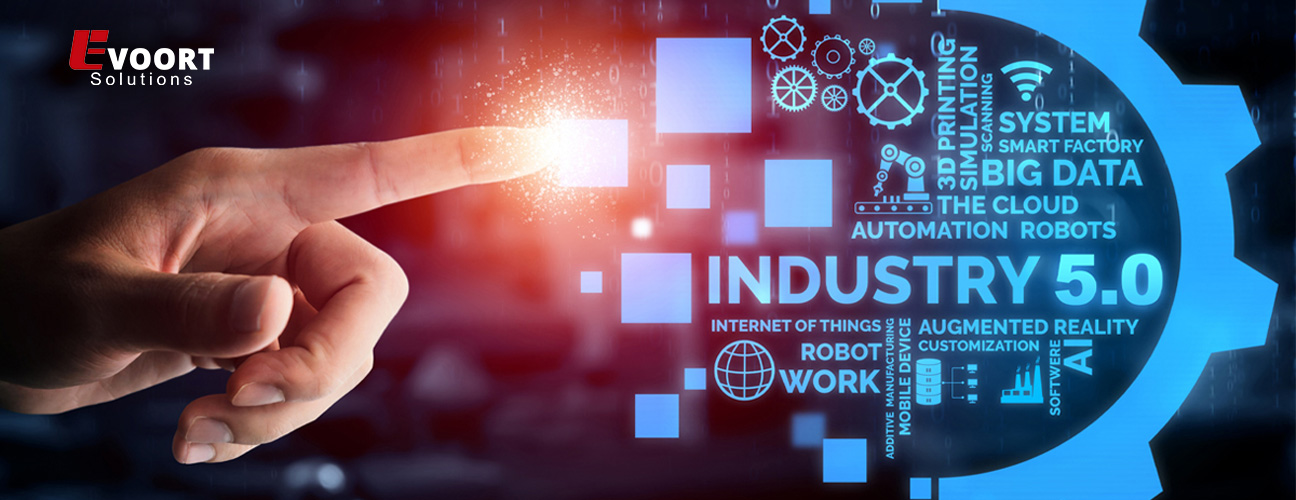
The Significance of IoT and Industry 5.0 in 2024
Table of Contents
The Internet of Things (IoT) and Industry have catalyzed the manufacturing revolution. These technology breakthroughs have resulted in significant changes in essential manufacturing operations, covering the path to robotics/automation. IIoT solutions may optimize any processes to deliver change, whether it is an energy market, procurement, business intelligence, or talent management. These services will help with operational excellence and execution. Things to Know considering Industry 5.0 Industry 5.0 relates to the next wave of the 4th Industrial Revolution, which emphasizes interconnection, machine learning, concurrent data, and robotics. It is also distinguished by using automated robotics and automation in physical manufacturing and operations to build more integrated and well-connected ecosystems. Manufacturing companies certainly take on these requirements and keep up with ever-changing consumer needs with the aid of the IIoT concept. IoT and Industry 5.0: How This Pairing Will Drive Transformation IoT supports the rapid expansion of Industry 5.0, in which things are connected via a shared communications link with automatic procedures. It removes or lowers the need for human assistance. Manufacturers by using real-time data analysis may enhance decision-making. Furthermore, IoT in industrial organizations ensures predictability, which decreases the likelihood of any catastrophic situation in the industry. The goal of Digital Twin is to empower Enterprise Maturity and components of information maturity to achieve an agile business, which is a key milestone in Industry 5.0.
The following are the key characteristics of IoT and Industry 5.0 in the industrial manufacturing sector:
• Manufacturing automation
• Process Improvement
• Manufacturing intelligence
• Performance evaluation
• Putting everything connected
• Gaining insights
As an important element of the fourth industrial revolution, IoT serves a critical part in the drive toward DX and Industrial Manufacturing excellence. One of the primary challenges that companies confront presently is a dearth of IT-OT convergence in their manufacturing facilities, which leads to plenty of additional issues such as a lack of plant visibility, quality, inefficiency in inventory management, and production scheduling based on demand, among others. IoT bridges the barrier between IT and OT systems by linking to lower-tier sensors, modules, equipment, Control Systems, and PLCs, as well as allowing two-way data flow to the business applications and the cloud. Now that you've seen how the 5.0 of the industrial revolution happened to come, let's look at six sectors where it's making a significant contribution to growth.

The Major Advantages of IoT Solutions for Industrie
• Convergence of IT and OT
• Prevention of production loss
• Decreases downtime
• Increases equipment utilization and calculates OEE (Overall equipment effectiveness)
• Breakdown of machinery is detected early.
• Production Enhancements and Optimization
• Plant and operational visibility in real-time
• Efficient resource usage
• Prediction and Prevention Analytics
